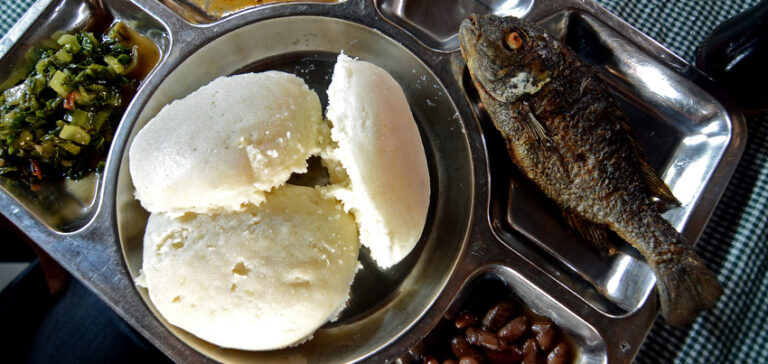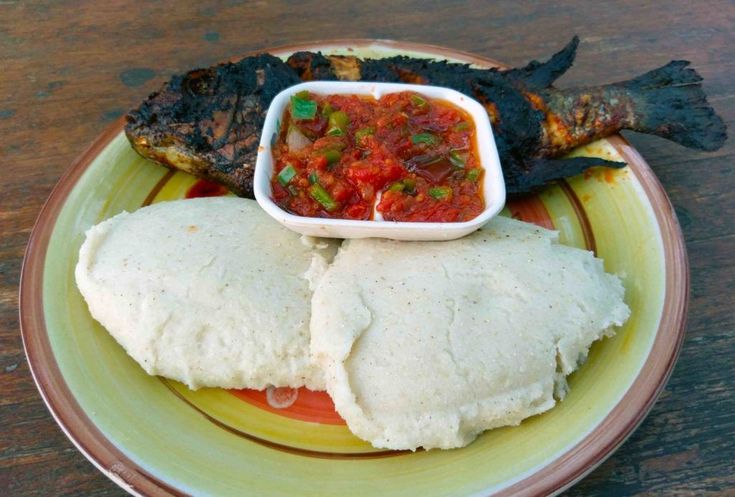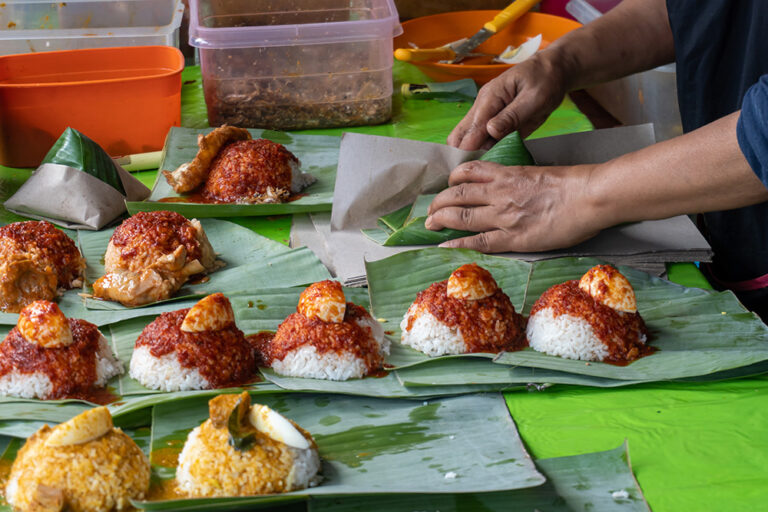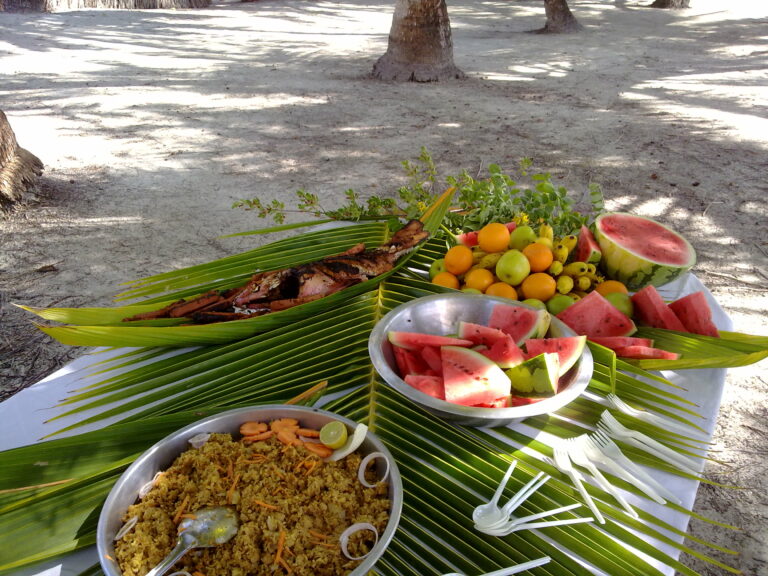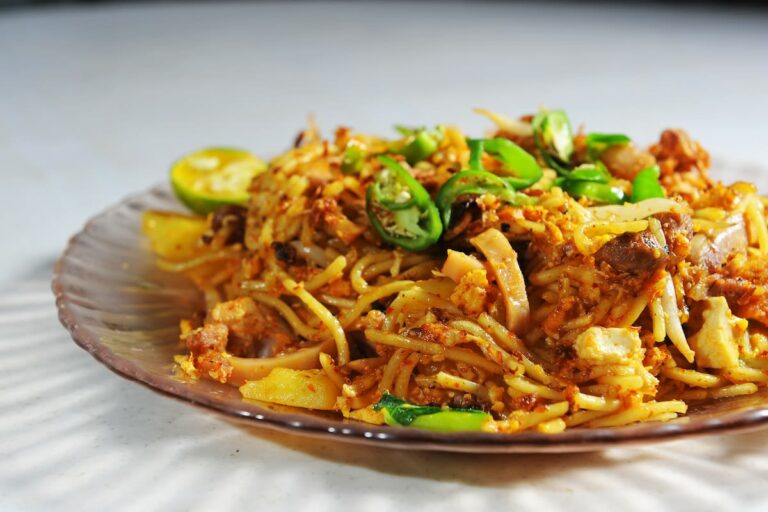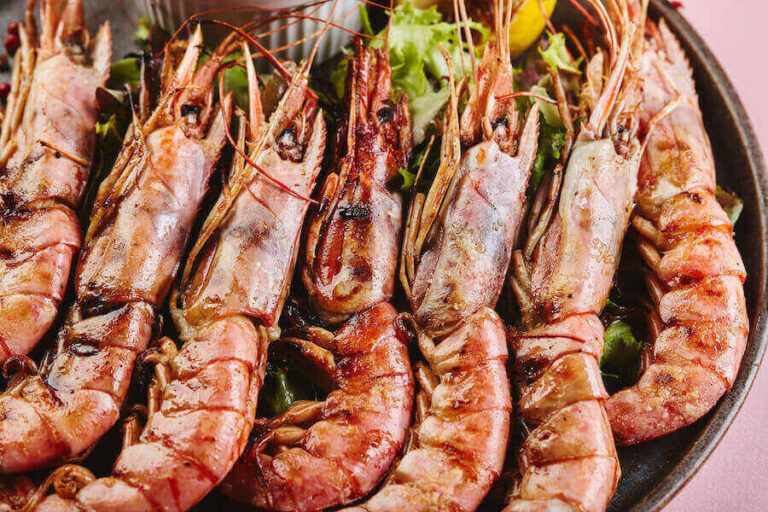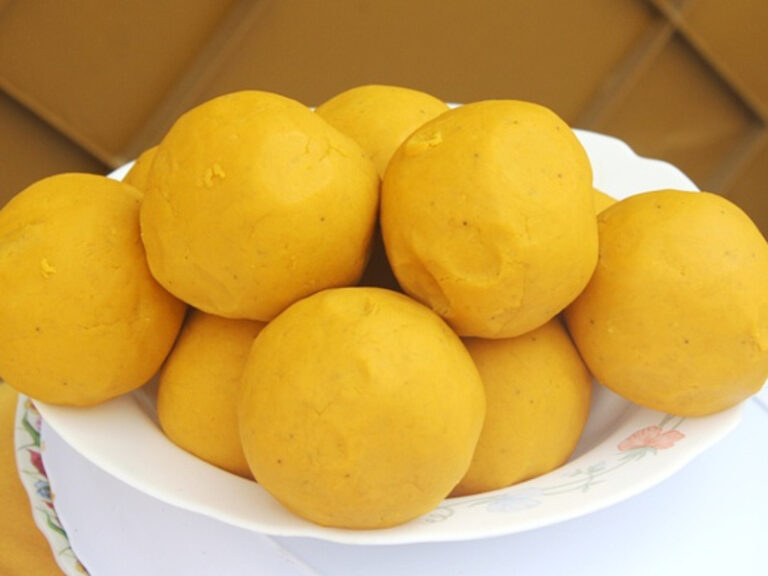Introduction: Understanding Malawian Cooking
Malawi is a small landlocked country in southeastern Africa that is known for its rich culture and diverse cuisine. Malawian cooking is heavily influenced by the country’s agricultural practices, with many dishes incorporating ingredients like maize, beans, and peanuts. The cuisine also reflects the region’s history of colonization and trade, with flavors and ingredients borrowed from neighboring countries.
The Role of Staple Foods in Malawian Cuisine
Staple foods like maize, beans, and cassava are the foundation of many Malawian dishes. Maize is often ground into a fine powder called “nsima” and served alongside stews made with meats, vegetables, or beans. Cassava is boiled, fried, or mashed and used in a variety of dishes, while beans are frequently used in soups and stews. These ingredients are not only nutritious and filling but also versatile, allowing cooks to experiment with different flavors and preparations.
The Importance of Herbs and Spices in Malawian Cooking
Herbs and spices play a crucial role in elevating the flavors of Malawian dishes. Common herbs used in Malawian cuisine include coriander, parsley, and thyme, while popular spices include cumin, turmeric, and ginger. These ingredients not only add depth and complexity to dishes but also have potential health benefits, such as aiding digestion and reducing inflammation.
Unique Ingredients in Malawian Dishes
Malawian cuisine features a number of unique ingredients that are not commonly used in other African cuisines. These include “mpama” (a dried and smoked fish), “mandasi” (a type of fried bread), and “chambo” (a freshwater fish found in Lake Malawi). Other ingredients, like “matemba” (a type of small dried fish) and “kachumbari” (a salad made with tomatoes, onions, and cilantro), are common throughout the region but are prepared in unique ways in Malawi.
Popular Malawian Flavors and Seasonings
Malawian cuisine is known for its bold and flavorful seasonings. One popular seasoning is “peri-peri,” a spicy sauce made with chili peppers, garlic, and vinegar. Another common flavoring is “masala,” a blend of spices including cumin, coriander, and turmeric. “Nandolo,” or African eggplant, is also frequently used in Malawian dishes and has a slightly sweet and tangy flavor.
The Future of Malawian Cooking: Innovation and Tradition
As Malawi continues to develop and modernize, its cuisine is also evolving. While traditional dishes remain popular, there is a growing interest in fusion cuisine that combines Malawian flavors with international ingredients and techniques. At the same time, there is a renewed interest in preserving and promoting traditional Malawian dishes and ingredients. Whether through experimentation or preservation, Malawian cooking is sure to remain a vibrant and flavorful part of the country’s cultural heritage.

